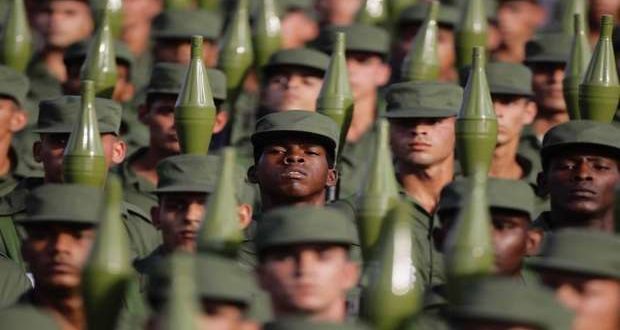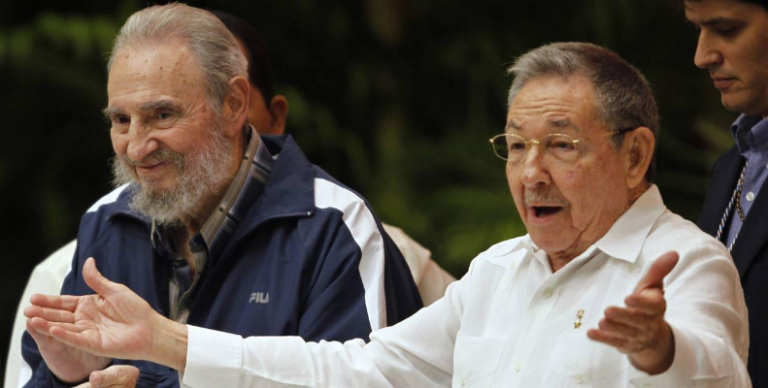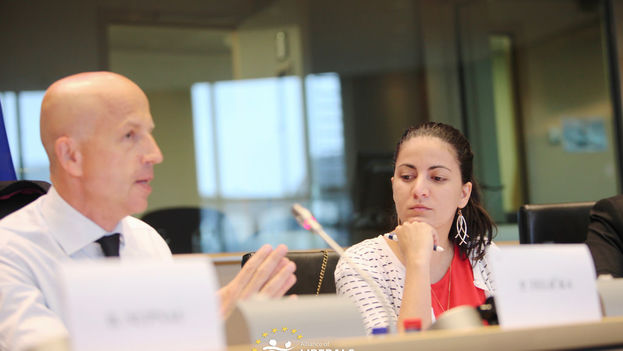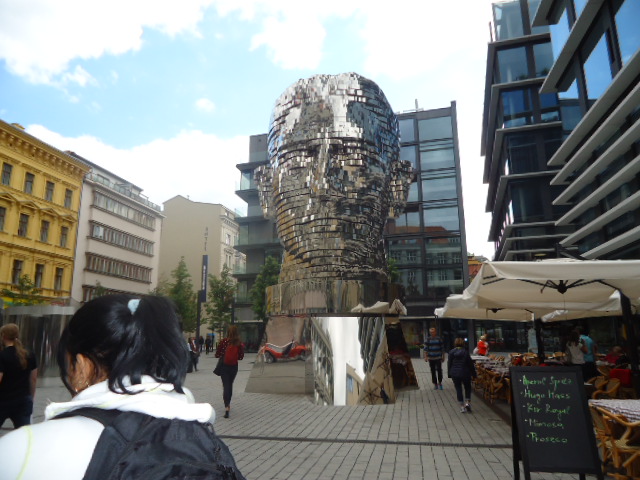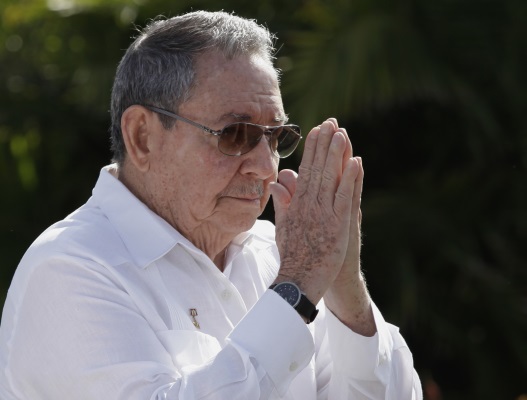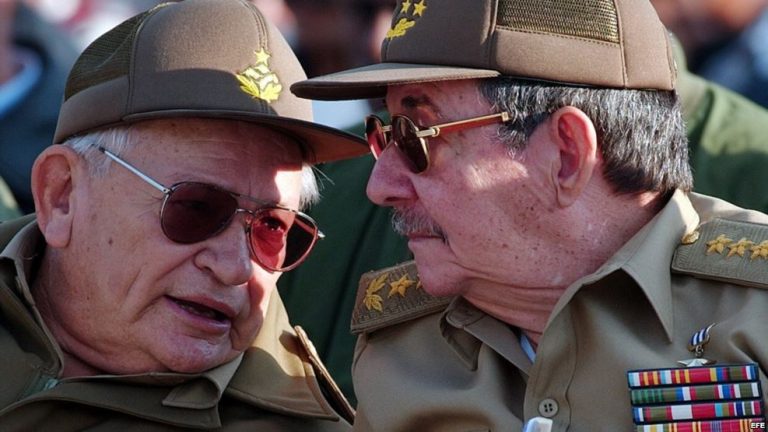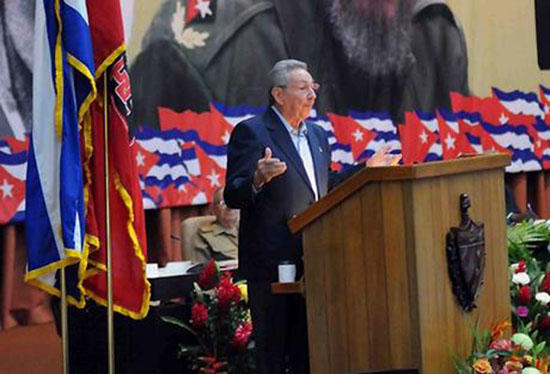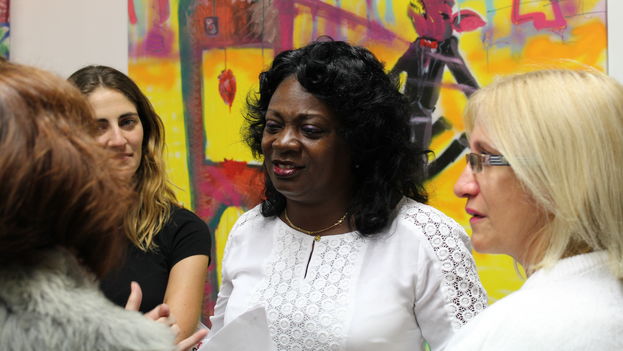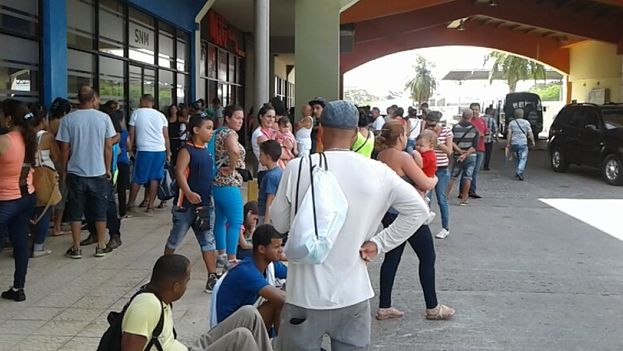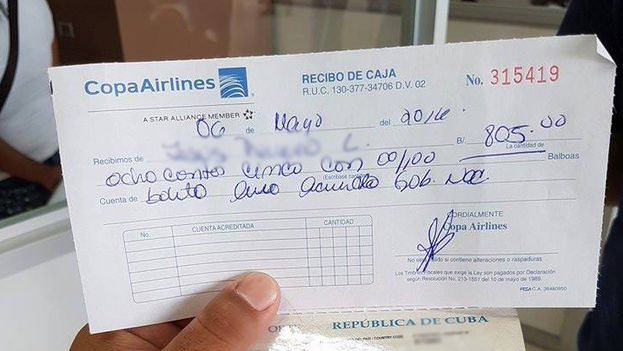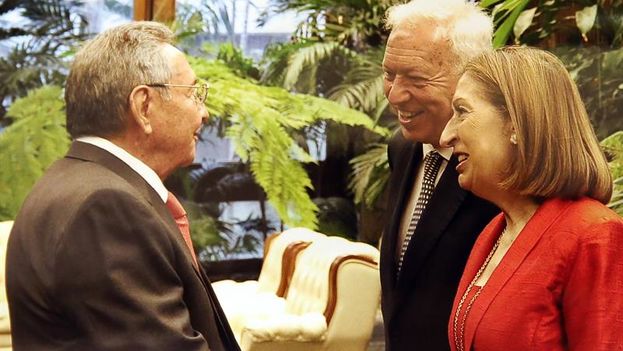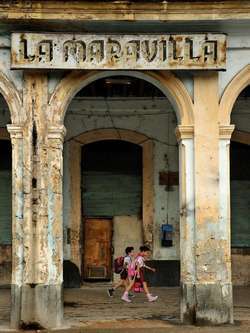
City of Havana – One of the New7Wonder Cities of the World.
Ivan Garcia, 6 June 2016 — From Miraflores, south of Havana, Sergio comes twice a week with his wheelbarrow to the dump on Calle 100 in Marianao to pick up old junk that he later sells for a few pesos in a traveling fair in the slums of La Víbora.
Among the things he has for sale are a book with a red cover about the external debt signed by Fidel Castro, a crumpled police novel by Daniel Chavarría, three faded blouses, two cut-up pairs of jeans and some carpentry tools. continue reading
The first sale of the day is celebrated with a half-liter of the worst possible alcohol, bought for 10 Cuban pesos at an old bus stop. The dozen ragged men and women who meet every day on the corner of the Plaza Roja have burned all their bridges.
Their skin is an ashy color, their feet have ulcers, and their lost look is caused by the effects of alcohol and poor nutrition. Some carry the HIV virus and, when they get drunk, they mutilate themselves.
Sergio lives in a wooden hovel with a tile roof, surrounded by bags of crushed tin cans and useless refuse. It has no potable water and is lit by a single electric light bulb. He sleeps on a dirty mat and uses a plastic bucket for his “business,” which he later spills into a stinking rivulet in Miraflores, near Los Pinos.
If you ask him for three wishes, he would answer: “To eat hot food, to have enough money to buy a drink and to die soon.” Cubans like Sergio don’t make plans for more than one month. They don’t save money for their daughter’s fifteenth birthday party or something unforeseen. Their future is now.
When he’s asked about Havana, chosen as one of the New7Wonder Cities of the World in December 2014, he thinks you’re pulling his leg. “Havana is a Wonder City? And they say we’re the crazy ones. A place where water is distributed on alternate days, the gunk and dirt are everywhere you look, the people pee and shit anywhere, and transportation is terrible can never be a Wonder City,” comments Sergio.
Against all odds, Magda has been able to remodel her house, buy new furniture and live like God requires, “thanks to the beauty shop I have.” In her house she has modern electric appliances, air conditioning in the three rooms, and every summer she spends a week with her husband and children in a five-star hotel in Varadero.
Although she has café con leche for breakfast and two meals a day, she smiles before offering an appraisal on Havana. “I worked in Foreign Commerce and traveled through half of Europe. Then I visited the United States, and I can assure you that the Cuban capital doesn’t fulfill any parameter that would put it in that category. The miracle of Havana is that, in spite of the authorities’ apathy and abandonment, it’s still standing,” says Magda.
Diana is an architect and recognizes that the architecture in Havana is distinctive. “But 70 percent of the buildings are very deteriorated. The infrastructure is terrible. And they haven’t found a way to modernize the aqueduct, not even the drains in the low areas. Only in Old Havana do they remodel. It’s a city with an architectural variety that not many cities in the world have. Each neighborhood is different. The vegetation is abundant and looks impressive from the other side of the bay, but it would be very pretentious to categorize it as a Wonder City.”
Joan, a dark, hyperkinetic man from San Leopoldo in the heart of the capital, who lives from what falls off the back of a truck, considers it offensive to have a cultural program June 7 to 11 to celebrate the unusual honor.
“Dude, the role supports everything they put in. It’s hard to swallow this story. I invite those who chose Havana to come spend a few days in my house. There are leaks on all sides. We have to buy water or fill pails from a barrel because it’s been 20 years since water came out of the pipes. What’s fucked up isn’t living so badly: it’s that we can’t see things getting better. The problem is that Cuba is in fashion now, and these awards are part of the package,” Joan points out.
Behind the shabby, unpainted facades, the dirt, the streets full of potholes and leaking water, the beauty of a cosmopolitan, different city can still be perceived. But many people in Havana think that these hidden charms aren’t sufficient to give a prize to the former Villa of San Cristóbal, 97 years after its founding, now that it doesn’t stand up to torrential downpours or hurricane-force winds.
To really evaluate Havana you have to live there. From an air-conditioned car or drinking a beer in the Factoría of the Old Plaza, the city is pure mirage.
Note: In a competition organized for New7Wonders, a Swiss foundation, in December 2014, Havana joined La Paz (Bolivia), Doha (Qatar), Durban (South Africa), Beirut (Lebanon), Vigan (Philippines) and Kuala Lumpur (Malaysia). The official declaration of Havana as a Wonder City of the World was made on June 7, 2016. In 1982, UNESCO declared Old Havana a World Heritage Site.
Translated by Regina Anavy

